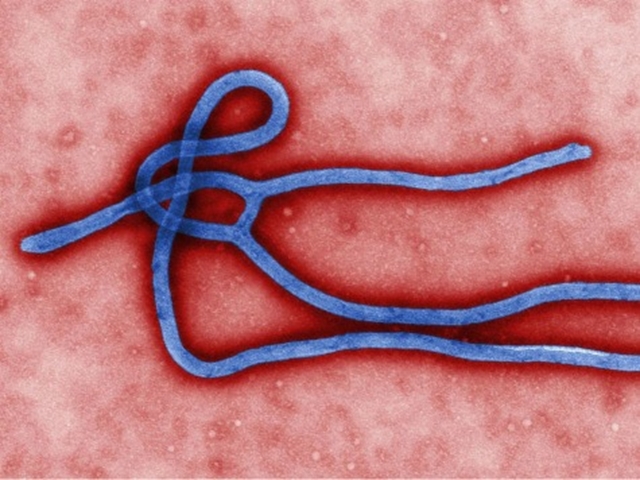AUSTIN, Texas — As news has spread Sunday about the second Ebola case in Texas, a nurse at Texas Presbyterian Hospital who treated Thomas Eric Duncan before he died earlier this month, questions have arisen about how the deadly disease was transmitted, considering that the nurse was wearing protective gear. The head of the Center for Disease Control and Prevention (CDC), Dr. Thomas Frieden, blamed a clear breach of safety protocol for the transmission, an opinion that has been contradicted by other medical experts.
“We don’t know what occurred in the care of the index patient, the original patient in Dallas,” said Frieden in a press conference Sunday morning, “but at some point, there was a breach in protocol, and that breach in protocol resulted in this infection.” Questioning of the nurse has been unable to reveal what the precise nature of the protocol breach could have been. Frieden continued that they anticipated that there may be more Ebola cases in the United States, “because the health care workers who cared for this individual may have had a breach of the same nature” as the nurse.
Even though Frieden blamed the transmission of the Ebola from Duncan to the nurse on a “breach of protocol,” he also admitted — at that same press conference — that their training and protocols needed to be “enhanced,” as Breitbart Texas reported earlier. “[T]he bottom line here…is that we know how to break the chains of transmission. We need to ramp up the infection control of any patient suspected or confirmed as having Ebola,” said Frieden, neglecting to clarify what exact enhancements needed to be made.
Frieden repeated these comments in an interview with Bob Schieffer on CBS’ Face The Nation. “Clearly, there was a breach in protocol. We have the ability to prevent the spread of Ebola by caring safely for patients…infections only occur when there is a breach in protocol.”
Schieffer pressed Frieden to clarify, “Are you saying that somehow or another, by accident or otherwise, that one of the protocols was violated or not followed, and that’s how this happened, not because there are other ways that you can get this disease?” “That’s correct,” Frieden replied, “we know from many years of experience, that it’s possible to care for patients with Ebola safely, without risk to health care workers, but we also know that it’s hard, that even a single breach can result in contamination.”
Contrary to Frieden’s opinion, ABC’s chief health and medical editor, Dr. Richard Besser, said that the problem was not that the protocols were not followed, but that the protocols and training in place at Texas Presbyterian were inadequate to properly address the threat, and even if the nurse had properly followed all instructions given to her, it still might not have been enough. Besser, who recently returned from visiting Ebola-stricken areas of Liberia, told WFAA-Dallas that the level of advanced biocontainment equipment and specialized training needed to keep medical professionals safe when treating Ebola patients was simply not present at the majority of American hospitals.
“To do it safely, health care workers need to train and practice using protective equipment,” he said, mentioning special biocontainment units at Emory University Hospital in Atlanta and the Nebraska Medical Center in Omaha. “I would never have gone into an Ebola ward in Africa without being dressed and decontaminated by experts — health care workers here should expect no less.”
Dr. Natalie Azar, a rheumatologist at NYU Langone Medical Center, in an interview with MSNBC’s Alex Witt, agreed with Besser’s assessment that the compliance wit h the protocols was difficult. “The unfortunate thing with this, if we look at all the missteps with Mr. Duncan’s case, one thing is to initiate and advise on protocol, and compliance with that protocol is another thing altogether. What the failure in the Dallas system was, was a complete failure of communication.”
Follow Sarah Rumpf on Twitter at @rumpfshaker.

COMMENTS
Please let us know if you're having issues with commenting.